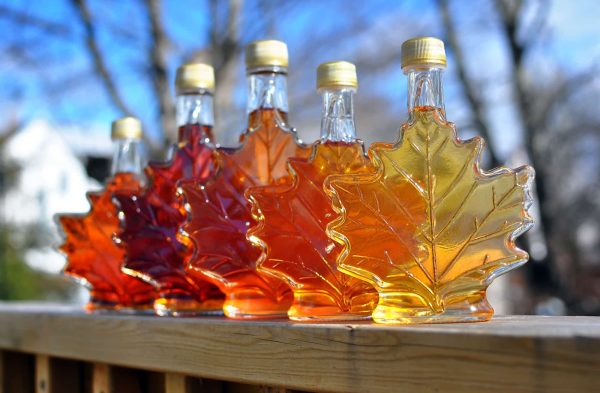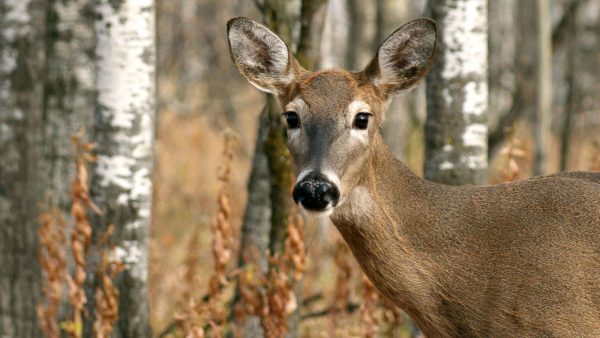The Innus Threaten to Sue Quebec to Protect Caribou
June 7, 2022
The Innus nation and the government were in conflict for the protection of the woodland caribou because this animal is on the verge of extinction.
The Innu Council of Pessamit will send a letter to the Government of Quebec to force them to protect the woodland caribou because they pretend that Quebec does not protect these animals sufficiently.
Representatives of various First Nations criticize the commission for consultations on the means of limiting the economic impact for the protection of this species.
The Innu were going to send to the government to announce to them Wednesday a formal notice for the purpose of pushing the government to act to avoid the disappearance of the cervids which are threatened.
If Quebec refuses to protect the habitat of the species, the Innu Council of Pessamit promises that it “will go to court to defend its rights and the government must respect its obligations towards the First Nation”.
“The caribou thus represents a vital component of the Innu culture, and its decline represents a cultural loss with inestimable consequences”, says Bryan Mark, the Chief Bearer of the Innu Nation.
Mr. Vollant made an announcement after attending a special session of the Independence Commission on woodland caribou that he studied two scenarios by the Commission which was “catastrophic”.The caribou for the Innu say that it is a protection of the forest massifs.
Finally, surrounded by logging, a herd of caribou in Pipmuacan, Côte-Nord and Saguenay–Lac-Saint-Jean, risks being the next to disappear.
To save the caribou, the Innu Council of Pessamit wants to protect the last forest “caribou” massifs to finally preserve the cuts in the forest industry.
It’s important to understand that Gaspesie and Charlevoix caribou are on the brink of extinction.
The mountain caribou of Gaspesie, which is the last population of this species living south of St. Lawrence, which is nearly 32 to 36 animals, was published Thursday by the (MFFP) which is the Ministry of Forests, Wildlife and Parks. In 2019, they assessed an average of 40 animals of this species and in 2017 nearly 70 animals. It is a shadow to see very well that this species decreases and wants to act as quickly as possible.
However, the Innu communities of Essipit, on the North Shore, and Mashteuiatsh, in Lac-Saint-Jean, want to have legal recourse to go to the Superior Court to denounce Quebec, which did not consult them during their development of any protection plans for woodland caribou and their natural habitat.
However, according to the Innu Council of Pessamit, the Innu Council Takuaikan Uashat mak Mani-Utenam (ITUM) and the Assembly of First Nations Quebec-Labrador, set up an independent commission on woodland caribou this deer species at the end of 2021 to have a way for the government to buy time and better protect the last forest habitats that are essential to the survival of deer.
Protected areas for the habitat of caribou for their survival, the Innu Council of Pipmuacan proposed an area of 2761 square kilometres of caribou territory near 150 km northeast of the city of Saguenay.
“Every minute that passes, a tree is felled, and that endangers the caribou,” summarized Jérôme Bacon-St-Onge, vice-chief of the Council.













